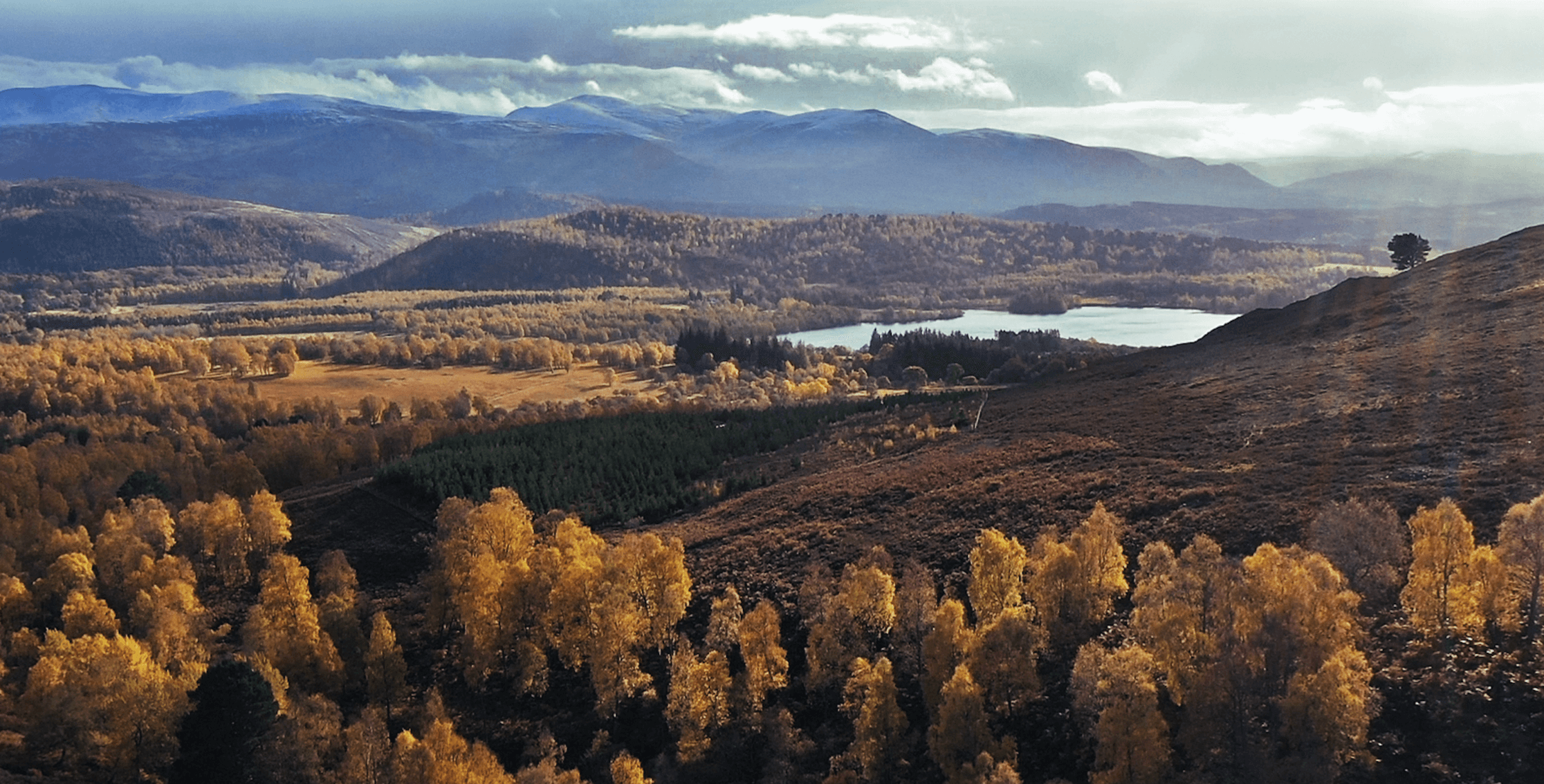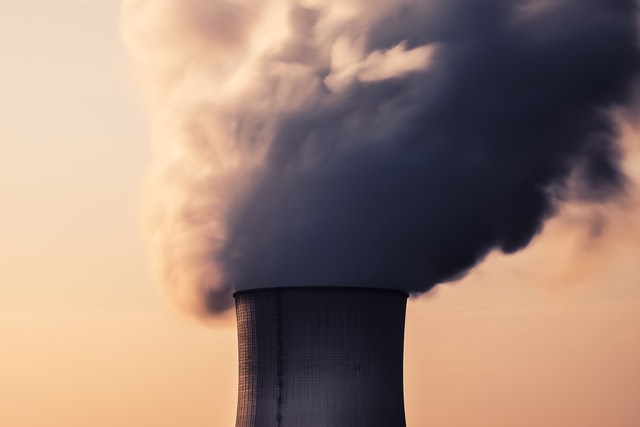COVID-19 has caused widespread disruption to businesses and communities across the globe for more than a year now. Within the voluntary carbon market, however, there is little sign of any virus-induced malaise. Indeed, interest in and demand for carbon products is soaring – welcome news given that concentrations of anthropogenic emissions in the atmosphere continue to increase, despite many countries enduring repeated ‘lockdowns’ since early 2020.
It isn’t entirely clear what is fuelling this carbon frenzy. Perhaps the reality of a global pandemic has focussed minds on the other existential threats our societies face. Perhaps businesses fear the near-term imposition of a carbon tax. Or maybe the combined efforts of Greta Thunberg and Sir David Attenborough have finally got our collective attention trained on the twin environmental crises of biodiversity loss and climate change.
Whatever the reason the spotlight is now firmly fixed on voluntary carbon markets, and their ability to deliver Natural Climate Solutions (NCS) in particular. Mark Carney is leading a team tasked with scaling up the sector 15-fold by 2030, and businesses of all shapes and sizes are setting internal targets to be ‘carbon neutral’ or ‘net-zero’ well before 2050. All this hype has infiltrated into the UK’s voluntary carbon market and, as prices rise, large corporations now feel incentivised to buy up estates in the Scottish Highlands to service their future footprints.

Kinrara Estate, in the Scottish Highlands, has been purchased by Brewdog to address their company's footprint.
The assumption is that this carbon price inflation will continue and, in all likelihood, it will. However, the real risk at the moment is that price expectations will lead to a strangling of supply. After all, why would a land manager sell their carbon today when they can get more for it tomorrow? It’s a fair question, but perhaps not the right one to be asking at this juncture. Because what happens if no one is willing to sell today? The answer is suffocation of the market itself, at least in Britain.
These are crucial years for voluntary carbon markets across the globe. But with huge potential comes huge uncertainty and so this article aims to take a step back, to rationalise the current price of carbon in the UK and assess what its drivers might be in the future.
1. Hot Air and Hearsay
One of the primary causes of price uncertainty in the voluntary carbon market is the enormous range of prices that are quoted within the sector, and the confusion that exists around the different types of carbon markets in existence. Frequently, the prices in compliance markets like the EU’s Emissions Trading Scheme (ETS) are assumed to be analogous to those in the voluntary market, despite the latter being, well, voluntary.
Another common assertion is that the carbon price in the voluntary carbon market will eventually catch up with what is known as “the shadow price” of carbon – the value economists estimate that a tonne of CO2 needs to be worth to incentivise our societies’ wholesale decarbonisation by 2050. But both of these assumptions misunderstand the specifics of the voluntary carbon market, and the primacy of carbon buyers in this context, none of whom are actually obliged to purchase any carbon at all from UK landowners.
](/storage/app/media/widescreenthomas-millot-q5jkhtv4hwc-unsplash.jpg)
Large industrial emitters in Europe have to partake in the EU's Emissions Trading Scheme, a compliance carbon market. Photo by Thomas Millot on Unsplash.
Instead, buyers of carbon are investing in the voluntary market of their own volition, either for marketing and CSR reasons, or because they genuinely believe that it is their business’ responsibility to play its part in the mitigation of climate change. As a result, any assertion that the price of carbon in the voluntary market needs to be at a certain value is wide of the mark.
There is fundamentally only one requisite for the carbon price: that it doesn’t preclude businesses wanting to pay it. That said, carbon buyers are certainly showing a willingness to pay more and more for carbon credits. The question is at what point their willingness will reach a ceiling, and how variable that ceiling will be from business to business. The UK government’s ‘Woodland Carbon Guarantee’ is already illustrating a flattening of prices for verified carbon credits, with ‘Woodland Carbon Units’ (WCUs) actually falling in price between successive auctions, and currently residing at an average of £17.31 each.(1)
2. Understanding what carbon buyers want:
The point here is that, when considering what is going to be driving the future price of carbon in the UK voluntary market, carbon buyers’ motivations must be placed front and centre. The key questions to be asking are: what do buyers want from this market, and what will persuade them to continue to part with their money? The answer in most cases is some combination of assurance, additionality and added value.
At the moment, UK suppliers of carbon are well placed to deliver on those three fronts. With strong domestic carbon standards, which test for financial additionality, and the potential for real proximity to a carbon buyer it is easy to see why lots of British businesses are willing to purchase carbon from the UK voluntary market, and why they aren’t yet baulking at the rising price of carbon.
However, suppliers of carbon in the UK voluntary market must remember that they are part of a global sector, and in competition with projects overseas. Many of these projects are located in the developing world and the prices they charge for a carbon credit are significantly cheaper.
International projects can also supply carbon buyers with verified offsets, which businesses can retire against their emissions immediately. In contrast, most carbon credits in the UK transact as ex-ante ‘Pending Issuance Units’ (PIUs), which may have to wait decades before they are converted into verified credits. For businesses with near-term carbon neutrality or net zero ambitions, that time lag can be a significant disincentive.
](/storage/app/media/_mediathumbs)](/storage/app/media/widescreenlightscape-lrqsynql1te-unsplash-1.jpg)
The scale of some international carbon offset projects is vast. Photo by Lightscape on Unsplash.
3. It’s a two-horse race, but for how long?
At the moment, the only two domestic carbon standards are the Woodland Carbon Code and the Peatland Code, meaning carbon credits in the UK can only be generated from woodland creation and peatland restoration projects. However, in the works are new standards for biodiversity, for types of ‘blue’ carbon, for soil carbon and more. As these codes come online, they will open the door to carbon credits being generated from vastly more land (and sea), which will put woodland carbon and peatland carbon suppliers into competition with lots of other project types.
](/storage/app/media/widescreen_brian-yurasits-EQlwRGr5sqk-unsplash.jpg)
Restoration of habitats like seagrass meadows and kelp forests may soon be a source of blue carbon credits. Photo by Brian Yurasits on Unsplash.
Admittedly, none of these emerging markets is going to appear overnight. But the timescales involved in the generation of verified carbon credits is such that suppliers of carbon should consider these “known unknowns” when speculating on the rising price of carbon within the UK voluntary market.
For sure, the current price rises are likely to continue in the short term, and for this reason alone retaining some exposure to the market seems prudent. But the belief that carbon credits will definitely be worth £50/tonne in the coming years, because that is what the price needs to be, is misguided. The price will become whatever buyers are willing to pay for it and, in an increasingly crowded and globalised sector, competition between suppliers may become much fiercer.
Click here to find out how the restoration of UK peatlands play a vital role in reducing CO2 emissions in the UK.
References
/public/692/dd7/e0c/692dd7e0ca905474952387.jpg)
/public/68f/f39/36d/68ff3936defff352354004.jpg)
/public/68d/a53/023/68da530233e97825782884.jpg)